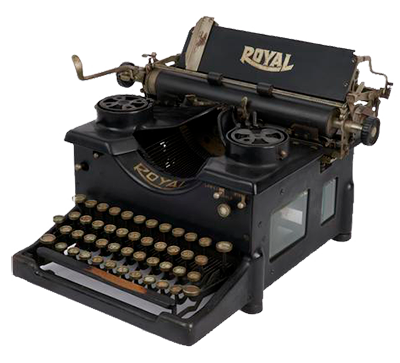I had spent my morning going over a new book—revising it–when I got a letter from a reader named “Molly.” It read, in part:
Dear Avi. “You said somewhere that you revise your books eighty or more times. Is that true? Why do you do that? Do I have to do that?”
Dear Molly: Every writer needs to find her or his way of creating the best piece of writing they can. There is no set of rules that fits all. A famous writer once told me she couldn’t start writing until she knew the first sentence. Another famous writer told me she couldn’t start writing until she had the last sentence of the book. I myself rewrite the first sentences many times.
Even the way one writes differs.

The late, great Bob Cormier wrote his books by hand, and it was his wife who transcribed his words with a typewriter. I qknew a writer who wrote paragraph by paragraph on 3 X 5 index cards and then assembled his whole text. I recall Richard Peck telling me he wrote his manuscripts on a portable manual typewriter. When I truly began to write it was by way of manual typewriters, heavy Royal typewriters only thank you, that I searched out in flea markets. Aside from loving the action of the keys, they had a marvelous ring! when you threw the carriage back. I still miss that.
I think my own way of writing has been heavily influenced by the fact that I have dysgraphia.
The NIH defines dysgraphia as: “A neurological disorder characterized by writing disabilities. Specifically, the disorder causes a person’s writing to be distorted or incorrect. In children, the disorder generally emerges when they are first introduced to writing. They make inappropriately sized and spaced letters or write wrong or misspelled words, despite thorough instruction. For example, writing “boy” for “child.”
Just today, as I went over a new text (which I had already gone over many times), I found the words “shard hake.” What in the world did that mean? I looked at it and realized it should have been a “hard shake.”
Or, as a fond aunt of mine once said of my writing; I could “spell a four-letter word wrong five different ways.”
That meant as I wrote I found the need to go over my writing repeatedly to find mistakes. I was constantly retyping manuscripts.
So, part of my many, many reviews of the text happen because I want to find errors and correct them. That marvelous day when I first learned to use a computer meant I wasn’t endlessly retyping manuscripts. The day I discovered how to use a spell checker was truly a life-changing event for me.
All that said, what I learned is that all that constant reviewing and rewriting of my work led to an improvement of the text itself. It stopped being a corrective process and became an enhancement process. That is, my understanding of my text was enriched and deepened. I came to understand my characters better. I began to know them so well that they began to tell me what to say, and how they should react. My text became tighter. My plots evolved better. That’s to say my writing improved.
But beyond all else, my constant revisions came out of my ability to read well.
Being a voracious reader for most of my life I have developed an intuitive sense of good writing. That means as I read and reread my writing I constantly made changes so that my work reads better. That “better” encompasses so many things, from the tempo and rhythm of the plot to subtle aspects of character. It’s what makes writing—reading—good.
Ultimately, the reason I rewrite so much is because I’m trying to write well. It’s hard to write well. That will be true for every writer no matter who you are.
So, Molly, the process you develop for your writing is something you will have to learn for yourself. All you need to do is find a way to write well. It’s as simple—and hard—as that.
Good luck!
Your writing friend,
Avi
P.S. I rewrote this letter eight times. Is it okay?